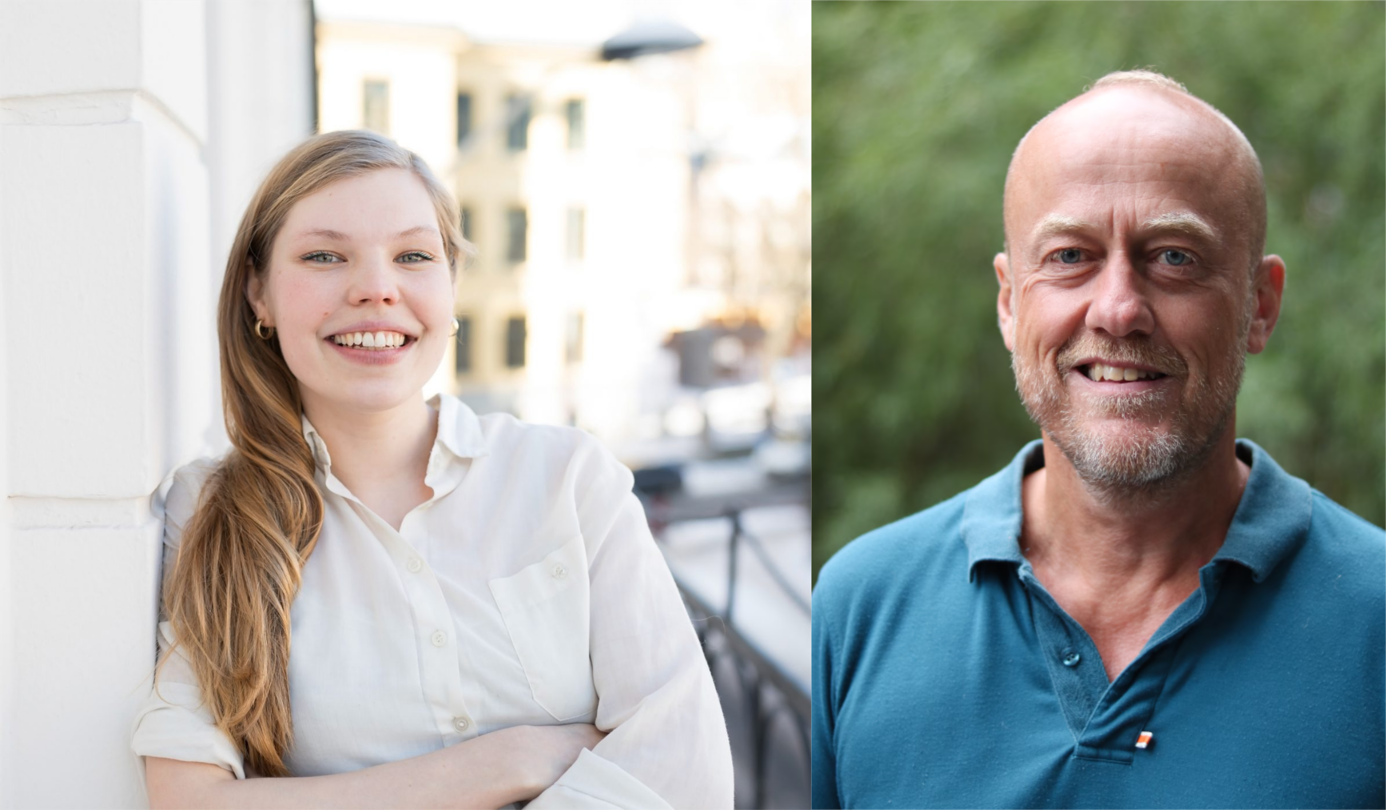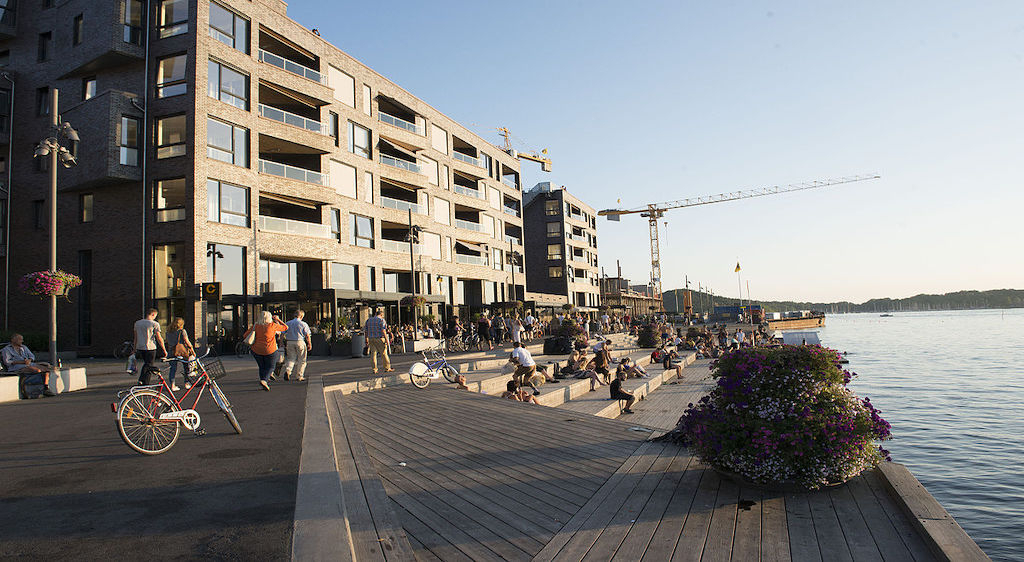A neighborhood is both the social, institutional, and physical environments where we live. It can mean different things for different people, depending on age, lifestyle, class, and what phase of life you are in, explains Ingar Brattbakk, human geographer and researcher at the Work Research Institute (AFI) at OsloMet.
Brattbakk has done extensive research into different social and cultural processes in the urban environment and is especially concerned with the significance the neighborhood has for the life chances of children and young people.
– When you are a child, it is often the immediate and close environment that matters in your life as that is the radius of action you often have. For young people, it might be more extended, but it also means more because you have fewer other possibilities. While if you live a very active life and work someplace else, the neighborhood might be of lesser importance to you, says Brattbakk.
Ragnhild Augustsen is a landscape architect and works with communicating and building awareness about the social dimensions of physical landscape planning at Våre Steder AS. She adds that people’s access to mobility is also an important factor for determining how important the neighborhood is for them.
– A lot of elders who lose their driver’s license and becomes less mobile, for instance, might be more concerned with living more central in a neighborhood, says Augustsen.
 Ragnhild Augustsen and Ingar Brattbakk. Photo: TAG arkitekter/OsloMet.
Ragnhild Augustsen and Ingar Brattbakk. Photo: TAG arkitekter/OsloMet.
Meeting the others
Both Brattbakk and Augustsen stress that a good neighborhood requires a social infrastructure – spaces, places, and arenas where different types of people can meet and interact. Brattbakk explains the concept of segregation, a process where different groups live separately in the city, and how this affects the city as a whole.
– There is this idea that if a city is very divided, people of different backgrounds won’t meet, which might lead to the glue in society crumbling, because you never get to see or interact with the others.
Brattbakk also explains how segregation not only influences the social aspects of the city, but that it also influences the services available in specific neighborhoods. Differing availability of services is something that in turn can have social effects.
– If the institutions and resources available in different neighborhoods are of varying quality, where you have some affluent areas and some disadvantaged, it can also affect the quality of the environment for upbringing, continues Bratbakk.
Augustsen stresses that for our neighborhoods and cities to thrive, we should strive towards creating high quality spaces for everyday life, and secure public goods and resources for everyone.
– Who has access to the nice green areas, who has access to the good schools? Asks Augustsen.
At the same time, Bratbakk points out that there are practical difficulties when making people interact across group divisions, and that a good neighborhood does not necessarily have to entail very strong ties between the people living there. Still, he emphasizes that a neighborhood needs arenas where people meet others, and experience being a part of a community.
– You can be in the same room, in the same park, at the same town square, but you don’t necessarily need to talk to one another. You see other people, and you act civilized together and share the space, says Brattbakk.
Augustsen also wishes to facilitate access to shared public spaces and environments in neighborhoods through physical design, where different people and groups can be together voluntarily.
– We need to design our urban spaces with a low bar for sitting down or not, where you can choose to seek out a bench, and where there is a freedom of choice whether to engage in a situation or not.
– We need spaces where we can be the anonymous urban inhabitant in public space and observe life, continues Augustsen.
Planning for the neighborhood
But how do we create and plan for these kinds of neighborhoods? Is it possible today, and is urban planning equipped with the tools needed?
Brattbakk and Augustsen warns us about thinking that planning our living environments was better or easier previously. Augustsen points out that what you see in the built environment today often was planned for more than 10 years ago, and that a lot of priorities have changed in urban planning since then.
– A lot is laid out for the municipalities to become more prominent and strategic actors in terms of public space, social infrastructure, and housing. I’m optimistic and I’m witnessing a lot of exciting and good developments, says Augustsen.
Brattbakk adds that we must strengthen some of our quality requirements for housing in terms of light, air and outdoor areas, which has seen some loosening the past years.
At the same time, he shares the hope of Augustsen that we can create good neighborhoods, and that we need to start with a strong social infrastructure.
– The institutions in the local environment, such as the libraries and the quality of the schools, are very important, and also the location of these institutions in new developments. In addition, a neighborhood needs space for after school activities and other services – you need a mix of activities, says Brattbakk.
Listen to Ragnhild Augstsen and Ingar Brattbakk in conversation about the importance of urban neighborhoods, together with the host Per Gunnar Røe, Professor in Human Geography. This episode is in Norwegian only.
